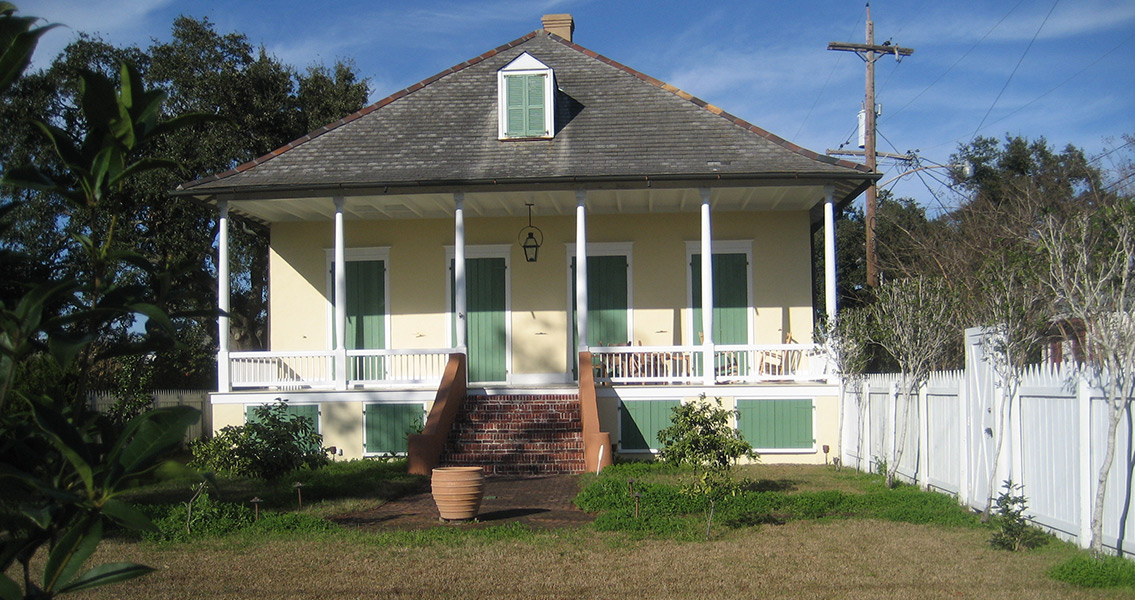<![CDATA[A carnival atmosphere had descended over New Orleans in January 1811, as the city began to prepare for the annual Mardi Gras celebration. The city's elite decorated their houses, ready for elaborate masquerades. Wealthy plantation owners in New Orleans and the surrounding area prepared to indulge in all night parties and balls. Some thirty miles upriver, in the parishes of St. John the Baptist and St. Charles groups of slaves were plotting an audacious uprising that sought to transform Louisiana into an independent republic. Although ultimately ending in failure, the rebellion would see hundreds of slaves launch an attack on New Orleans in what was one of the largest slave uprisings in US history. On the evening of the 8th January, 1811, a small group of slaves, armed with axes and other weapons, entered the home of plantation owner Manuel Andry on the German Coast, Louisiana. Andry managed to escape, but his son was killed. The group of slaves seized weapons from Andry's home and the surrounding area, and headed for New Orleans, recruiting more slaves on the way. The German Coast Slave Uprising had begun. For a long time historians portrayed the uprising as a random eruption of violence, a spontaneous slave revolt which unexpectedly gathered momentum. However, this reading of the events is now being called into question. Historians, such as Daniel Rasmussen, have taken documents written by slaves in the period to show that in fact the revolt was a disciplined, well organised and pre-planned uprising. As such, the German Coast Slave Uprising is seen as part of a growing resistance among African slaves in North America and the Carribean during the late eighteenth and nineteenth centuries. A process is described by progressive historians wherein a growing political and intellectual movement among slaves of African origin, beginning in the Haitian Revolution (1791 - 1804) and ending with the American Civil War, saw them eventually win their freedom. For these historians, the events in Louisiana in 1811 were just one step in this long process. The leader of the rebellion was Charles Deslondes, a slave driver at the Woodland Plantation owned by Andry. A man of mixed heritage, who had moved to Mississippi with the Deslondes family following the Haitian Revolution, Deslondes devised a strategy involving a two pronged military assault. His army from the Louisiana countryside would march on New Orleans, recruiting further slaves to their cause on the way. In New Orleans itself another part of the uprising was scheduled to take place. The slaves living there would rise up as well, seizing the city's considerable arsenal and distributing it to Deslondes' men when they arrived. Once they'd finished at the Woodland Plantation, the army of slaves marched along the East bank of the Mississippi, shouting: "Freedom or death", en route to New Orleans. Plantations on the road to the city were attacked, ransacked and torched, with the liberated slaves swelling the rebel's ranks. After three days, the local militia led by General Wade Hampton was able to quell the uprising, the slave army hopelessly outgunned once the authorities had managed to organise. The shocking start of the uprising had seen it make spectacular early gains, forcing plantation owners to flee into New Orleans, but ultimately it felt well short of achieving its lofty aims. Two days later, on 13th January, a tribunal was held on the Destrehan Plantation. Although many of the 500 or so rebels had been killed in the fighting, most survived, including Deslondes. The response of the authorities was direct and brutal, the local officials desperate to make an example. Sixteen slaves deemed to have been the leaders of the rebellion were sentenced to death and then executed at the tribunal. As a sickening warning to others, the executed's heads were impaled on sticks along the East Bank of the Mississippi. Deslondes was mutilated and then dismembered, before his body was also put on public display as a grisly warning. Image courtesy of Wikimedia Commons user: Infrogmation of New Orleans]]>
One of the Biggest Slave Revolts Ever Starts Near New Orleans
